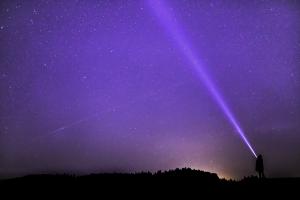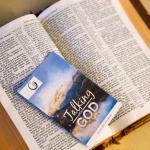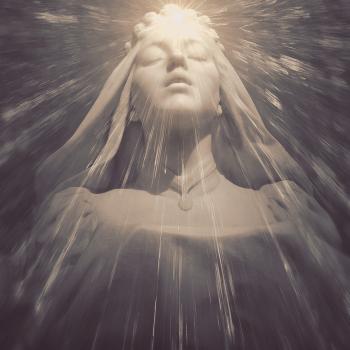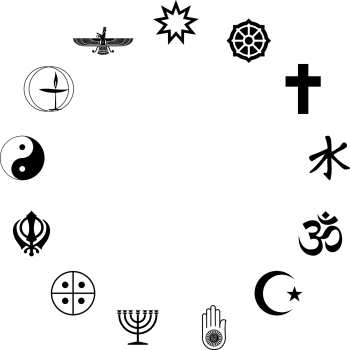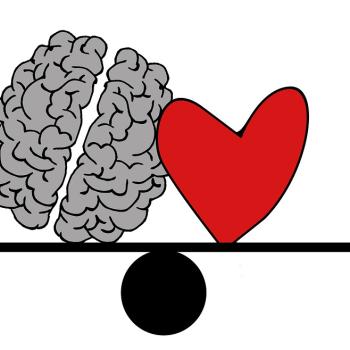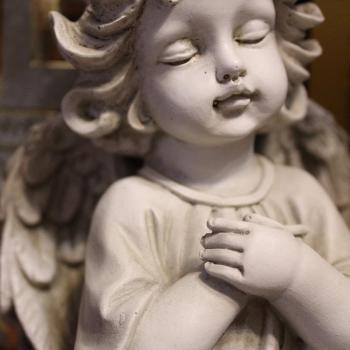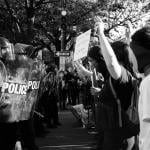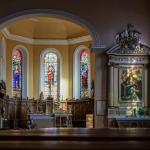Father Seán ÓLaoire recently wrote an article questioning “The Infallibility of Science.” I agree with his skepticism. Science tells us that the universe had a beginning, a Big Bang, yet science doesn’t know what caused it. Was it really 13.8 billion years ago? And in what way did human life begin some nine billion years later? What are dark energy and dark matter? Is the universe shrinking or expanding? Science is based on thought and consciousness, although it cannot explain either what consciousness is, or how it interacts with the physical brain. And science relies on mathematical probabilities for its ‘proofs.’
Still, are religions any closer to telling us the truth about existence? Faith is the reason we are asked to believe in religion, yet how accurate are the stories we have been told? In The Rise and Fall of Adam and Eve1, we learn that the beginnings of human life described in Genesis 1-2 became “the pre-eminent history of human relations in the Christian world––with infants deemed born in sin, women proclaimed ‘the devil’s gateway,’ and sexually demonized.”
The Old Testament, particularly the first five books of the Bible that the Jews regard as the “Torah,” gave us laws that came after Genesis, expanded to include slaves, property, food, and cleanliness. The laws in Chapter 20 of Leviticus, for example, are especially vivid, describing when a citizen shall be stoned to death or burned alive. God in those days was particularly violent, putting to death all the first-born sons of the Egyptians, tormenting Job, and demanding human sacrifices such as Abraham’s son Isaac.
Perhaps religion needed the concepts of sin and fear around 700 B.C. E. in order to grow and to take control of an uneducated population that it didn’t trust to make intelligent choices. But the laws of control didn’t end then, as the Inquisition (to take just one example) showed. Absolute authority for religious leaders required absolute obedience to their dogma of ritual and rules, whether Jewish, Christian, Hindu, or Muslim. Wars like the Crusades continue to our present day and are fought to drive out ‘non-believers.’ Even the traditionally pacifist Buddhists have turned against the Muslim Rohinga in Myanmar. Many today see religions as dualistic authoritarian regimes that not only take away free will but also hinder spirituality and personal growth.
Too often religion has been divorced from spirituality.
It wasn’t always like that. The oldest known religious text is the Rig Veda, dated at about 1700 B.C.E. Over many centuries it eventually was codified as the Bhagavad Gita and the Vedas. The Advaita Vedanta, unlike the much later Western religions, was non-dualistic, meaning that the “One” includes the divine as well as the individual sense of self; there is no dual hierarchy of Creator and created. This reality can be realized eventually even by ordinary people (with dedicated practice, of course) by the direct experience of enlightenment, rather than through secondhand scriptures.
Direct experience may be our ultimate key to uniting science and spirituality. Bob Berman, one of the authors of a new scientific book2, recounted his “ direct experience of reality” in a chapter called “Facing Reality.” In their book, the two authors have merged quantum mechanics with the biology of the brain to explore the role of heart and mind in consciousness––a new way to view the world and our place within it.
So what is true, and what is infallible? In his article, Fr. Seán said, “. . .something is true if it transforms me and aligns me with God/Love.”
I look forward to Fr. Seán’s next article on “The Infallibility of Religion.”
1 Authored by Stephen Greenblatt and reviewed by Marina Warner in The New York Review of Books September 28, 2017.
2 Robert Lanza, MD, with Bob Berman, Beyond Biocentrism: Rethinking Time, Space, Consciousness, and the Illusion of Death (Dallas: BenBella Books, Inc. 2017).

